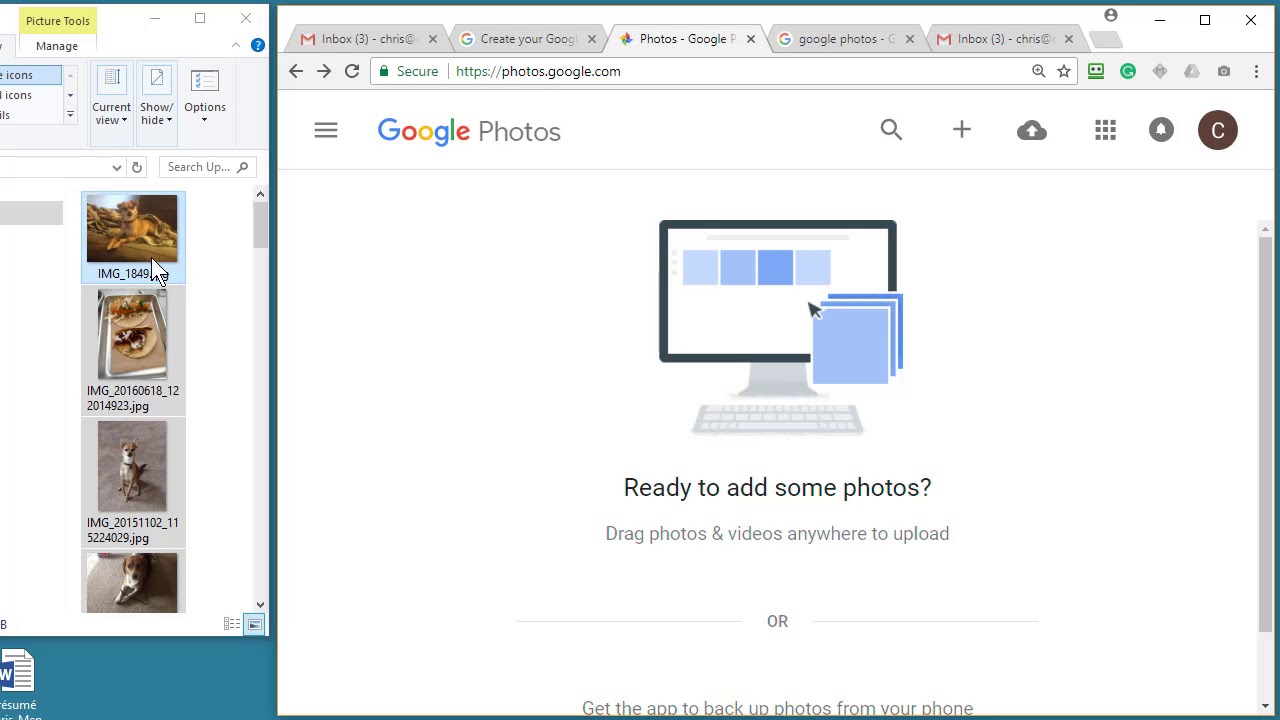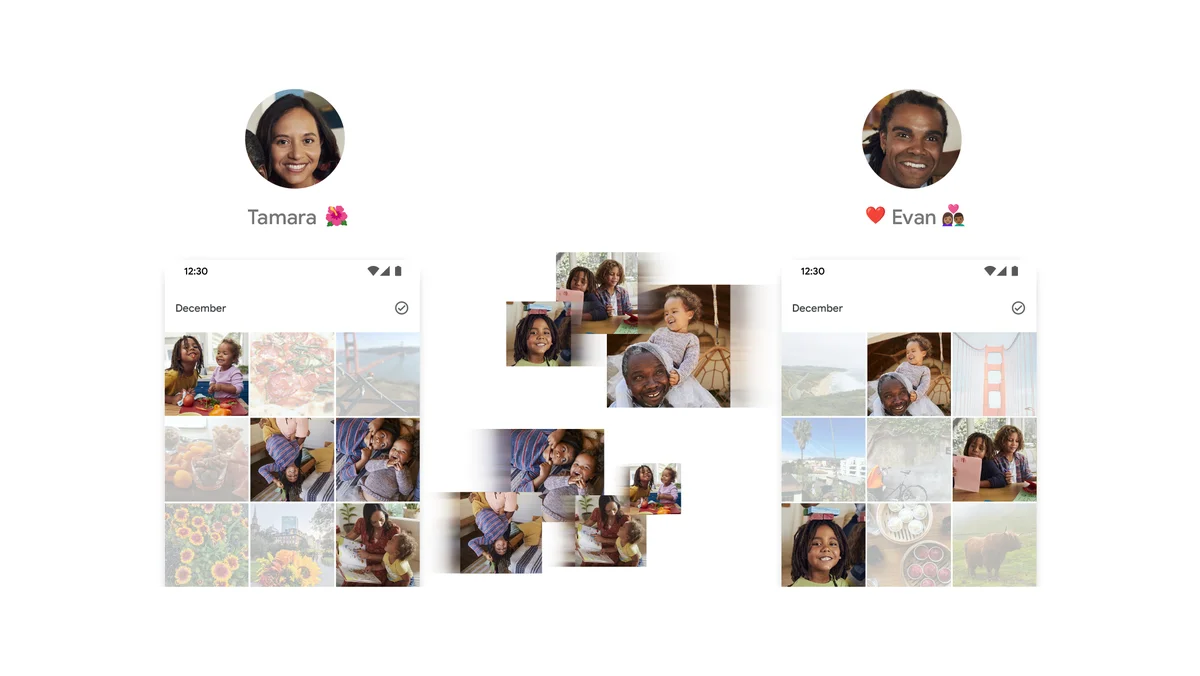Google Family Link is an app that parents can use to monitor their child’s online engagement. The app is Google’s response to the growing problem of young children getting exposed to harmful content on the internet and the lack of safe spaces for them. With this in mind, it would be great to have a platform that would allow parents to get involved in their children’s digital lives. This is what Google Family Link is for, and it is the first step towards keeping children safe as they take their first steps online. Let’s take a look at Google Family Link and see whether it meets parenting standards.
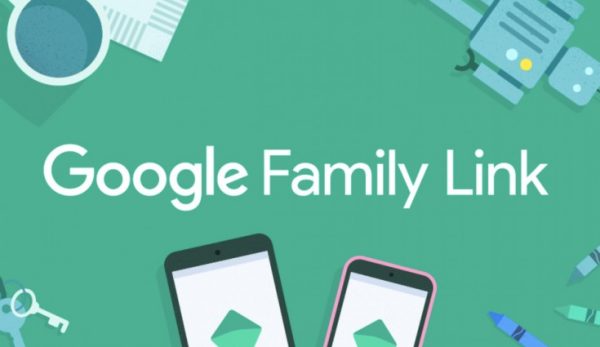

What Is Google Family Link?
Google Family Link is an Android-based app created to give parents insight into and control of their children’s engagement with the online sphere. Google intended for the app to be used by parents for children below 13 years of age. The app is also completely free, and the only requirement to use it would be a basic Google account.
Google Family Link is focused on keeping children safe on the internet. It allows parents to choose the websites that their children can visit and the apps that they can download. The app also piggybacks on the GPS of the children’s phones to track their location in real time. It offers controls for parents to limit their kids’ screen time since most children don’t yet have the self-discipline to control their online consumption.
As mentioned, Google intended for the app to be used by parents with children aged 13 and below. Most countries don’t allow children below this age to have an online account, as it is deemed too dangerous. When it comes to Google, they have prohibited anyone younger than 13 from holding a legitimate account. The only way they can have an account is with some parental assistance, which is what Google Family Link is for. Data privacy laws also prohibit Google from collecting personal and surfing information from children below the age of 13. The same laws also prohibit Google from sending children personalized ads.
How to Set Up Google Family Link?
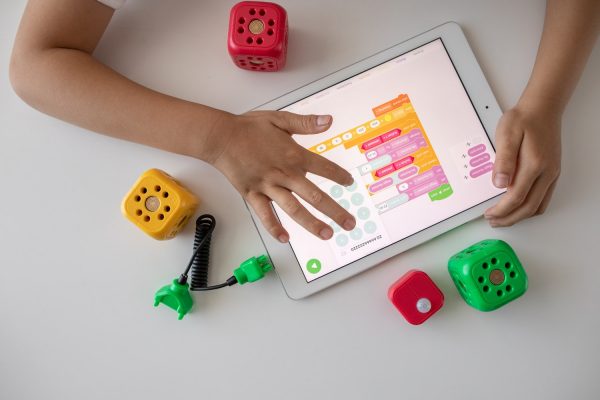

Setting up Google Link is a little complicated but still manageable. This relates to the fact that you will need two devices to set up the software; one device for the parent and another for the child. You will also need to pay close attention to the instructions since you will be asked to work back and forth.
Device Requirements for Google Family Link
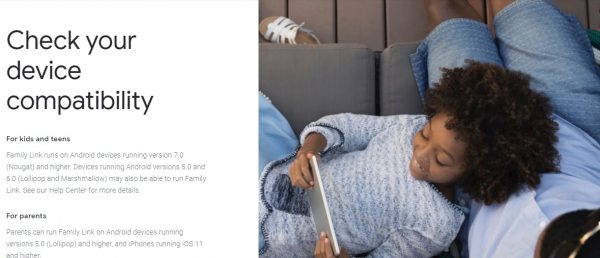

The requirements for the parent’s device are different from the child’s device. The parent’s device must be an Android phone running on Kit Kat 4.4 and higher. It can also be an iPhone running on iOS 9 and higher.
When it comes to the child’s device, Google knows that most children don’t have the latest phone models. As such, they set the specs bar a lot lower to Android phones running version 7.0 (Nougat) and higher.
Setting Up Google Family Link


1. Download the App
The first thing you need to do is download the appropriate version of the apps. There are two versions of the app: one for parents and another one for children. Download the parental version for your phone and the child’s version on your child’s phone.
2. Create Your Child’s Google Account
Before the actual setup, you should create a Google account for your child. You will need to come up with an email address and a password. You can do this using any device, through Gmail.
Take note that the app will ask you for your credit card information, and it will charge you 0.30 cents. These are not charges for the use of the app, but a way for them to prove your identity as an adult.
3. Set Up the Parent’s Device
Turn to the parent’s device. Navigate past the step-by-step tutorial by clicking next. Afterward, select your Google account on the sign-in page. The app will then ask you to choose an account that you want to supervise. Simply select your child’s account. Get your child’s phone and click on the Next button to view the link code provided.
4. Set Up the Child’s Device
Turn to the child’s device. Open the app again and then look for the This Device option. After that, select the Google account that you created for your child.
5. Link the Two Devices
Turn to both devices. The child’s device will ask for a code from the parent’s device. Find the code from the parent’s device and then input the code into the child’s device.
Finally, enter your child’s email account details into his/her device when prompted. Once your devices are linked, you can already customize the parameters of your child’s phone.
What Features Does Google Family Link Offer?


Google Family Link is a feature-filled software, which is quite impressive considering that it’s completely free. The software’s features are well-thought-of and deeply appropriate to mounting concerns about exposure to potentially harmful content, screen time, and the child’s physical safety.
Monitor Online Engagement


One of Google Family Link’s greatest strengths is its app usage monitoring. You can expect the app to send you an alert whenever your child downloads an app. The alert will show you the app’s name, publisher, and the total number of downloads accumulated. Each app will also include a rating by the Software Rating Board (ESRB). In addition, you have the option to remove apps that you think are potentially harmful to your child. You can also disable in-app purchases for the apps that you do approve of.
Control Screen Time
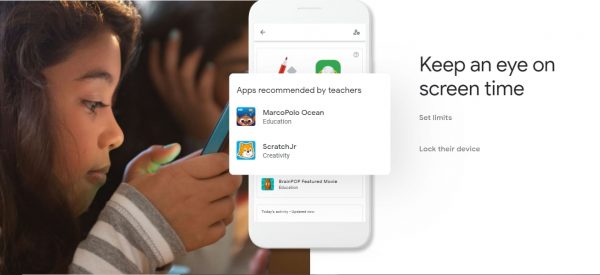

The ability to control your child’s screen time is another very practical feature. It’s accessible through the Lock Devices Now on the app. You can set a total screen time per day for your child’s device (15-minute increments) with this feature. You can also give your child bonus time, and the timer will adjust automatically.
Another thing you can do is to set a timer for the lockdown, say between 9 pm to 7 am. This feature is particularly useful for enforcing your kids’ bedtime or study time. You can also lock down your child’s device remotely without any pre-determined schedule. With this, the device will stay unlocked until you unlock the function through the app.
If and when your child chooses to remove himself from parental supervision when it comes to his/her account, you can expect several things to happen. First, your child will receive an alert right before the device locks down. Once the device locks down, your child will not be able to unlock the device. They would still be able to answer phone calls or tap on the Emergency button if they have a phone plan.
Provide Real-Time Location Updates
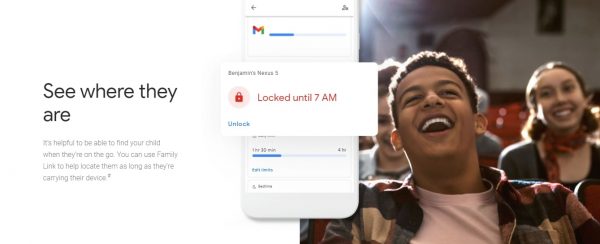

Location tracking is another very cool and potentially life-saving feature. This feature piggybacks on the GPS functions of your child’s device to give you a reading on its location. Naturally, this will only work if the device is with your child while you are tracking it.
Location tracking is also dependent on mobile data, which means that if the device runs out of data, it will no longer report its location. The same works if the device is in a location without a cellphone signal, say inside a tunnel. In this case, the results will only indicate “location not found.” If the child’s device connects to a local Wi-Fi or any Wi-Fi connection, it will become visible on your map once again.
Before you can use this feature, you would need to follow a brief setup process. After that, you can already toggle the “See your child’s location” on or off. It might also take some time after you toggle the feature to receive a location or “ping” on the virtual map.
Control Your Child’s Digital Engagement
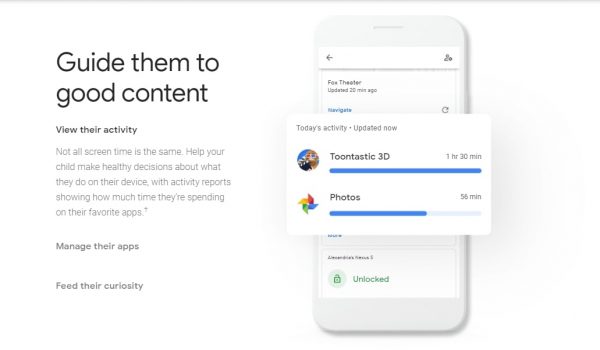

Parents can set restrictions for their child’s access to the web, but this only works with Google Chrome. Unfortunately, this filtering feature doesn’t work on other web browsers like Firefox or Opera. In any case, this feature is very useful for Android devices that run Opera.
There are three levels of filters available for Google Chrome. The first level allows access to all websites, and most parents don’t want that. The second level only blocks websites that have sexual or violent content. Lastly, the third level allows you, the parent, to choose the websites that your child can access. Any website that you don’t mark as “Approved” will remain off-limits to your child, and this usually severely limits the number of websites that your child can access.
Whitelist Sites


How does whitelisting work? It’s simple as adding or removing websites from your list of “whitelisted” or permitted sites. You can also add entire domains (e.g., Google) or specific websites (www.history.com) to the list. The app also allows your child to ask for permission to visit a website that’s blocked. Family Link will send you an alert regarding the request, and you can approve or disapprove of it through the app.
You can also decide whether you will allow your child to give permission to the websites they visit. Data privacy laws require websites to ask for permission whenever they need to access the ancillary functions on your phone. You can control your child’s ability to give permissions by toggling the “Permissions for sites and apps” on or off.
When it comes to selecting which websites to approve, we highly recommend websites that can teach your child something, or where they can learn more about something they are particularly interested in. For example, if your child likes math, you can search for the best sites to play cool math games. If you want to introduce them to a new language, save a site where they can start early. You can check out this list of the best language learning software.
Receive Reports About Your Child’s Digital Footprint


Family Link also keeps tabs on your child’s activities online. It keeps a log of the apps that your child has visited and how long the apps were used. The report will also include the location of the device when the apps were visited. Family Link takes note of this information and creates a summary report which you will receive either once a week or once a month, depending on your settings. This is a great way to find out about your child’s interests, including how much time they spend online.
While these regular data usage reports are great to have, it offers no information about your child’s search history on Google Chrome. Unfortunately, there is no provision on the parent’s app that allows them to check this. If you want to go super sleuth on your child, then you would have to borrow their phone and search for it yourself. First, you’ll have to open Google Chrome on your child’s phone. Then select the More menu (three vertical dots), and then select the History option.
What Features Are Missing From Family Link?


Linking Other Devices
Google Family Link certainly has a lot to offer for free software, but it has its limitations. The first and clearest limitation relates to the fact that the software only works on one device. If your child has more than one device, you would not be able to monitor their use of other devices.
Call and Text Monitoring
There are a few features missing from Google Family Link that are available in premium parental control apps. For starters, they don’t offer monitoring functions for your child’s calls and texts. While some parents may find this feature intrusive, it would have been a great option to have. Some apps even allow you to block certain people from calling or texting your child.
Special Features
Some premium apps even offer some very useful but unusual features. An example of an unusual feature would be a panic button that sends an alert to the parents and close contacts. Clearly, these limitations are to be expected since the software is completely free. But for those who want to go the extra mile on sleuthing, there are premium solutions available that are more appropriate.
Monitoring Older Children
It’s also important to emphasize that the app was created for a particular demographic, which is children at or below the age of 13. If you happen to have children that are above that age, then this solution might not be appropriate for you. But as we’ve mentioned, you can still maintain supervision up until your child turns 18, but not later.
Final Thoughts on Google Family Link


Google Family Link carries quite a number of features for a free app. However, it’s also important to note that Google Family Link is only a standard-level solution, and not a comprehensive solution. It doesn’t have all the advanced features that premium parental control apps have. Finally, Google Family Link and parental control apps are only meant to supplement parental duties. They are not meant to substitute parental supervision and parental advice. As a parent, you might also want to introduce your children to websites that will have a practical value in their life and will allow them to learn. You can start with our compilation of the best learning websites for kids.







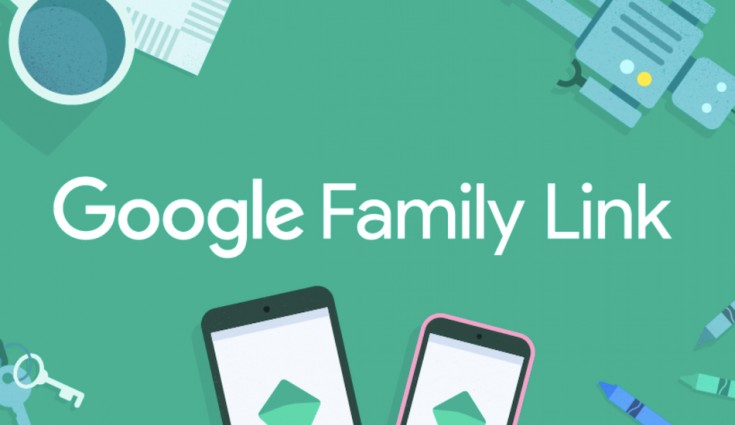

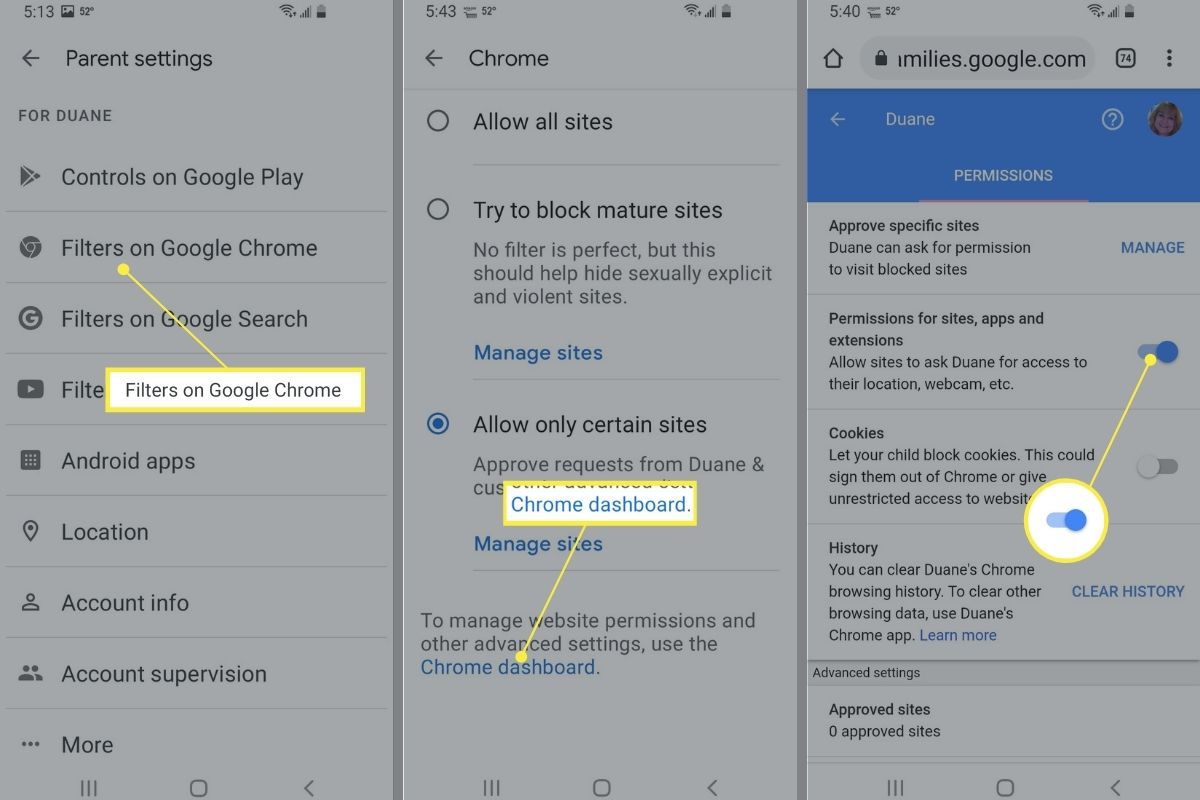
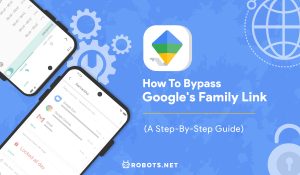
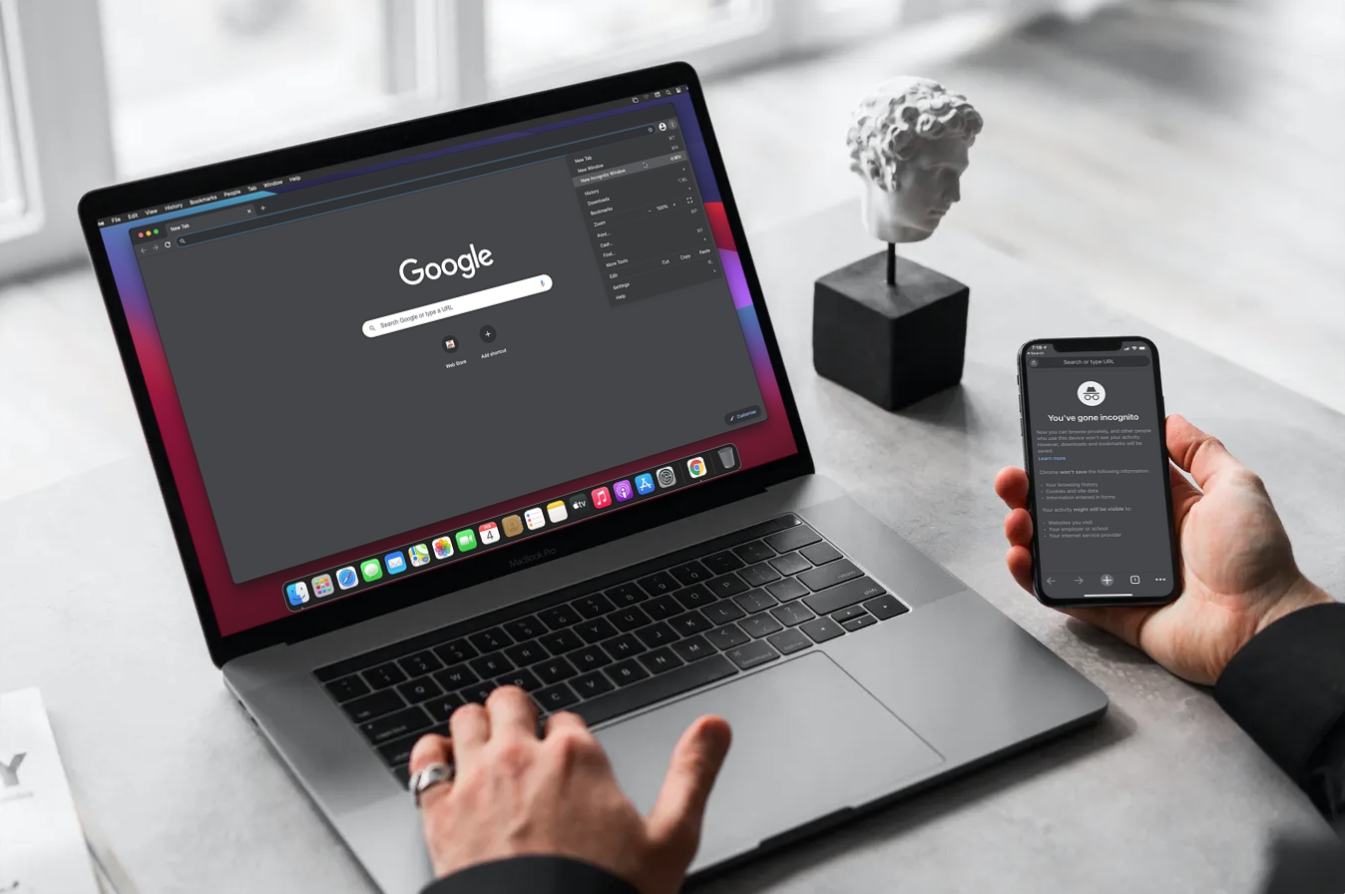

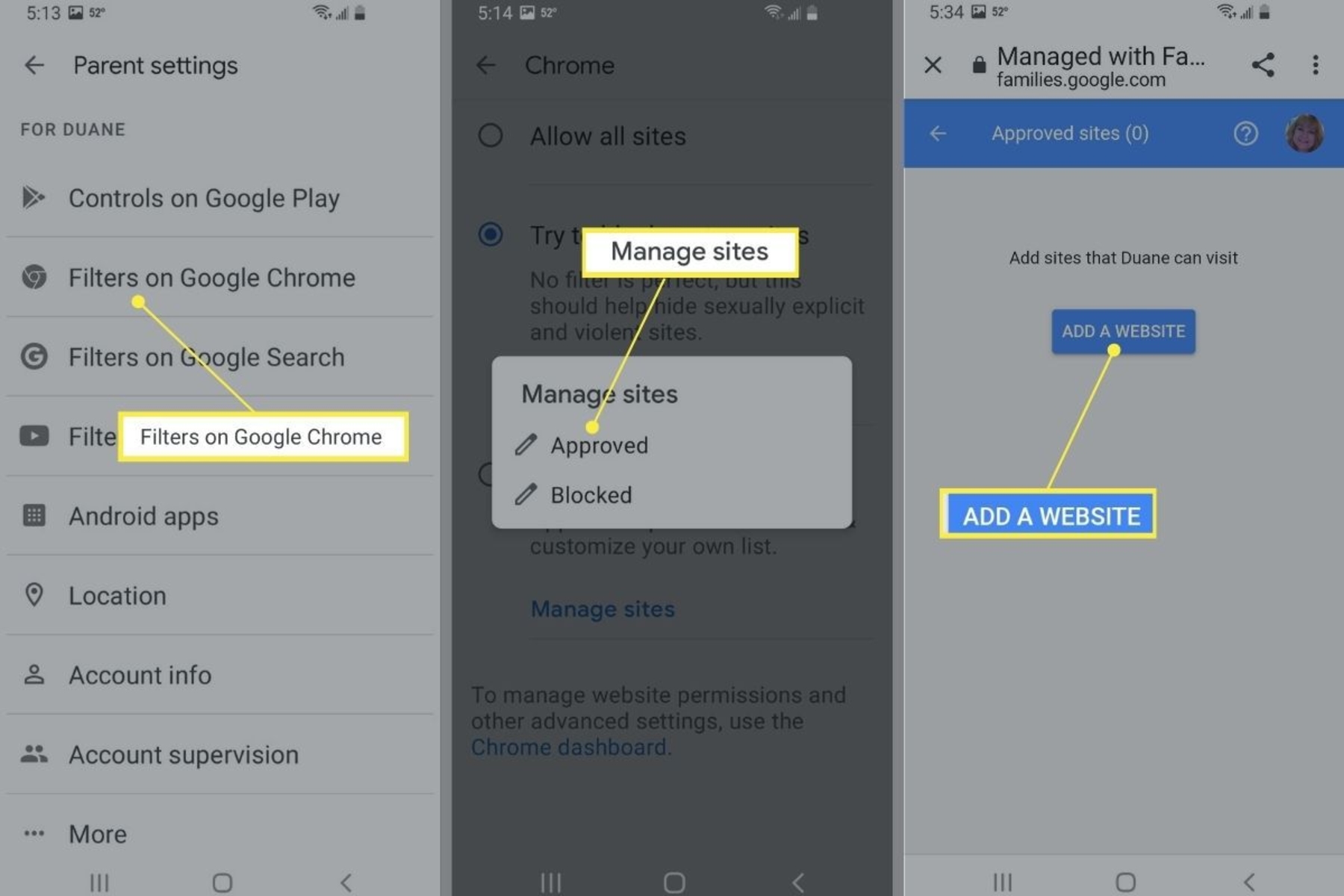
![13 Best Free People Search Engines and Websites [Tips Included]](https://robots.net/wp-content/uploads/2020/05/free-people-search-300x200.png)
